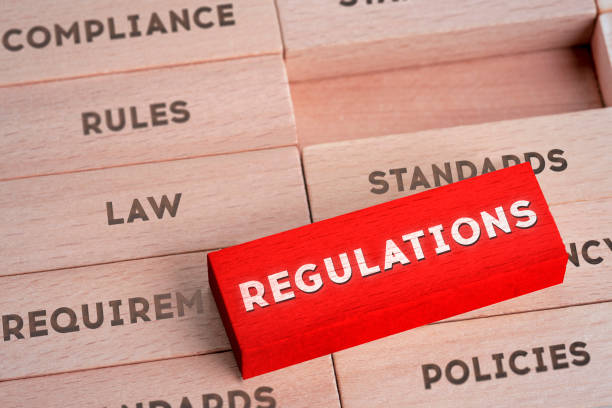


In the wake of the U.S. Supreme Court’s landmark decision in Matal v. Hat (137 S. Ct. 1744, June 19, 2017), significant shifts have emerged in the treatment of disparaging trademark registration. Examining the landscape a year post this ruling sheds light on pivotal transformations within trademark law.
A critical facet under scrutiny revolves around Lanham Act Section 2(a), enabling the U.S. Patent and Trademark Office (USPTO) to reject registration for marks deemed “immoral” or “scandalous.” In a December 2017 ruling, the Federal Circuit deemed this provision an unconstitutional violation of the First Amendment’s free speech clause (In re Brunetti, 877 F.3d 1330, Fed. Cir. Dec. 15, 2017).
At the center of this case is Eric Brunetti’s clothing brand, ‘FUCT.’ Despite Brunetti’s longstanding use of the mark since the mid-1990s, the application filed in 2011 faced rejection under Section 2(a). The reasoning cited the term’s phonetic similarity to an offensive word, deeming it indecent and disparaging.
The landscape shifted further after the Hat decision, nullifying the Lanham Act’s prohibition on “disparaging” trademarks. Consequently, the Federal Circuit revisited the Brunetti case in light of this precedent. However, it notably distinguished its ruling, contending that the Section 2(a) provision violated the First Amendment on grounds beyond viewpoint discrimination.
In response to the evolving legal landscape, the government sought a writ of certiorari on September 7, 2018 (Iancu v. Brunetti, U.S. Supreme Court Case No. 18-302). It contends that the Hat ruling does not directly apply to Brunetti. Key issues left unaddressed by Hat, such as the characterization of trademark registration as “government speech” or “commercial speech,” remain pivotal in determining the constitutional scrutiny applied to the Lanham Act.
The government maintains that Section 2(a) does not curtail speech, emphasizing that trademark rights derive from use, not registration. It asserts that while registration offers advantages, denial of registration does not impede a mark’s use, thus not constituting a speech restriction.
The heart of the matter lies in the pivotal question posed by the government’s appeal. Should the Federal Circuit’s decision stand, the future dispute on the legality of the scandalous marks provision might not resurface promptly. This scenario hinges on the possibility of congressional action or an aggrieved applicant challenging a renewed restriction, a process that could span several years.
Brunetti’s response to the government’s appeal is due October 9, 2018. Expectations for amicus briefs align with the case’s substantial attention. The subsequent government response deadline is set fourteen days after Brunetti’s reply.